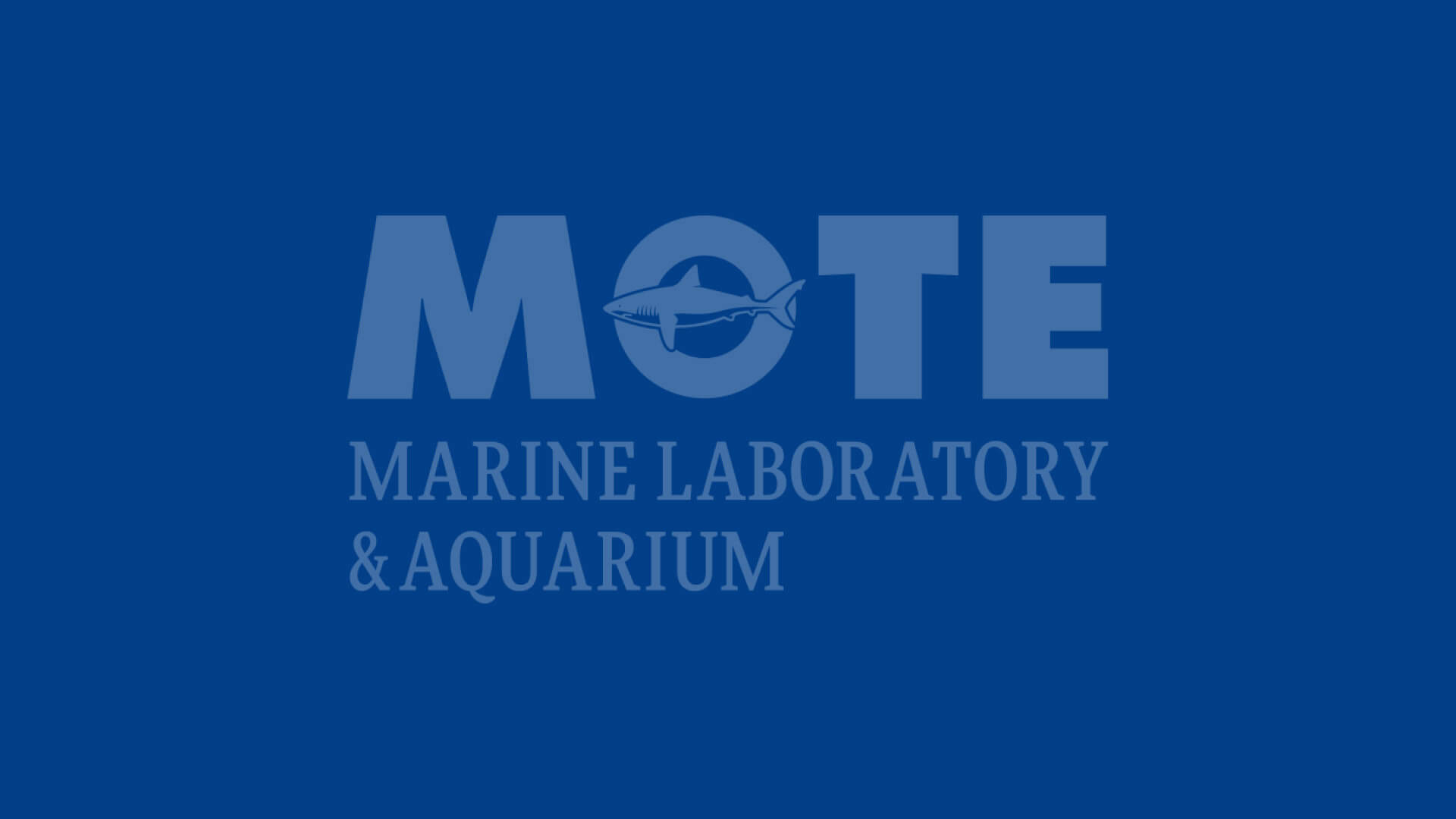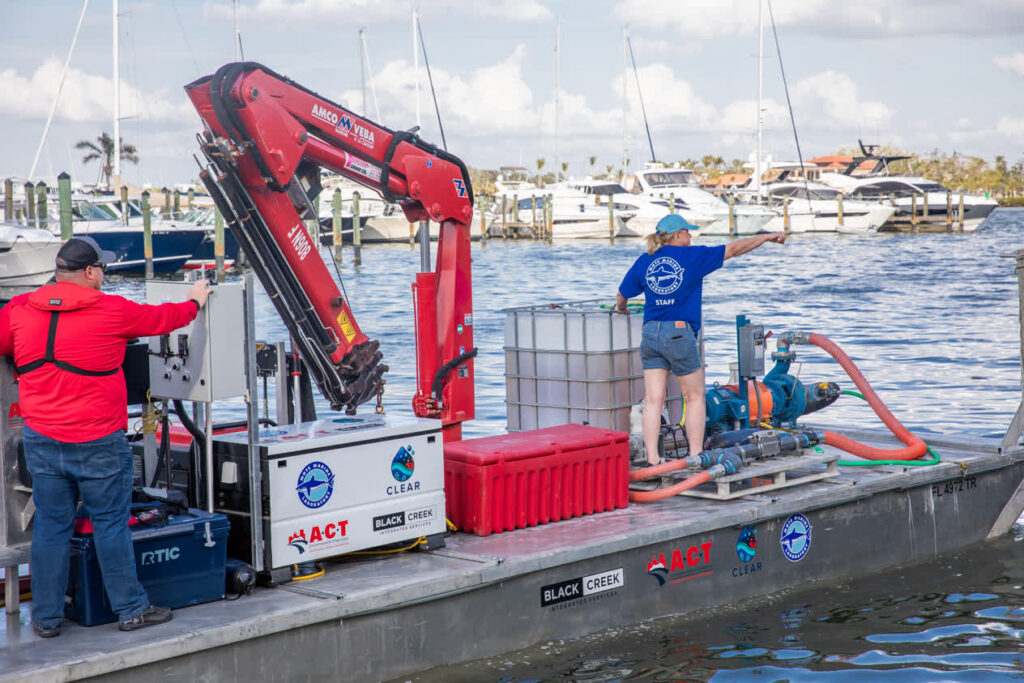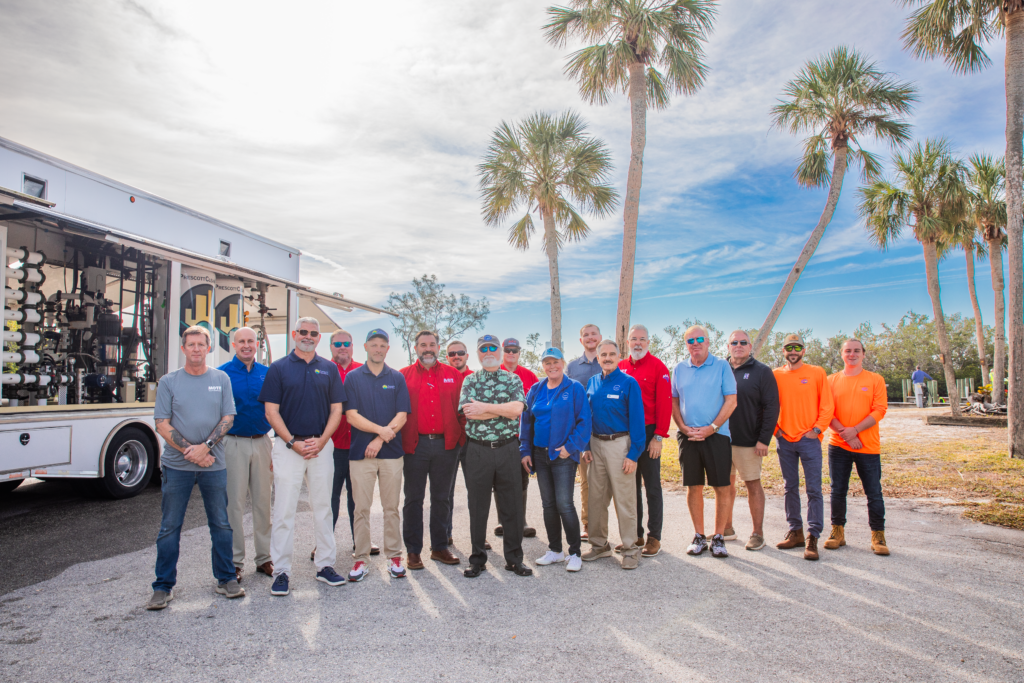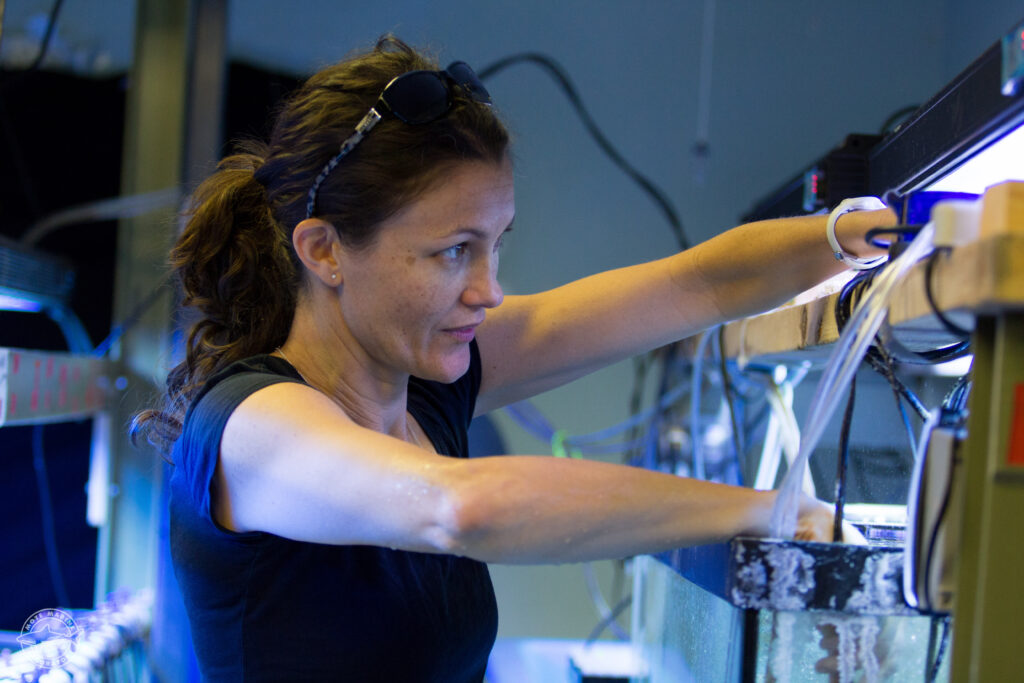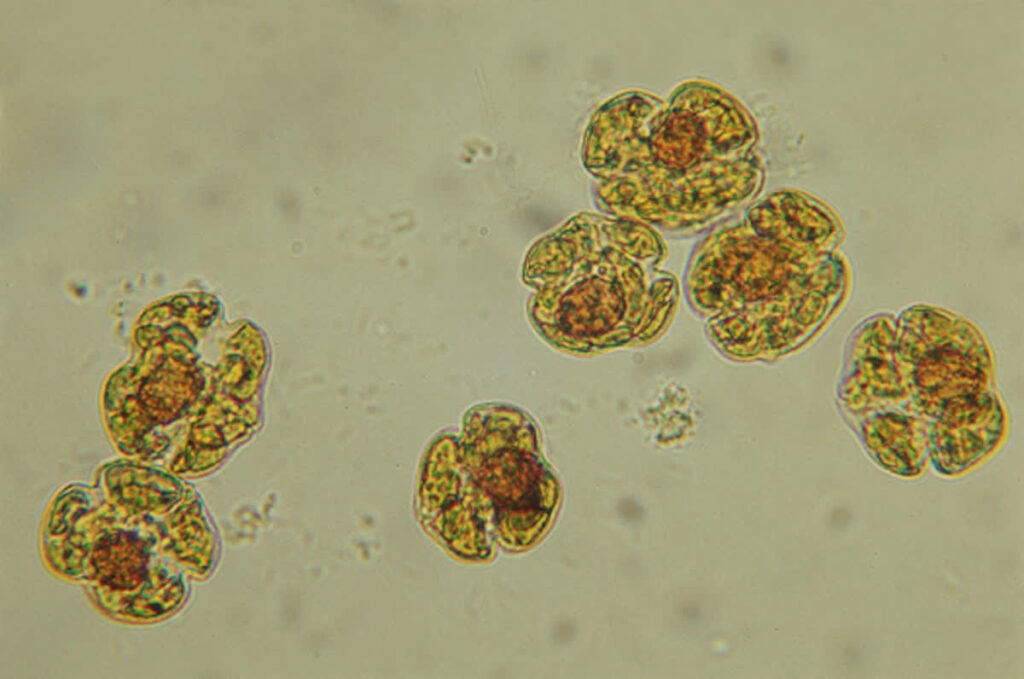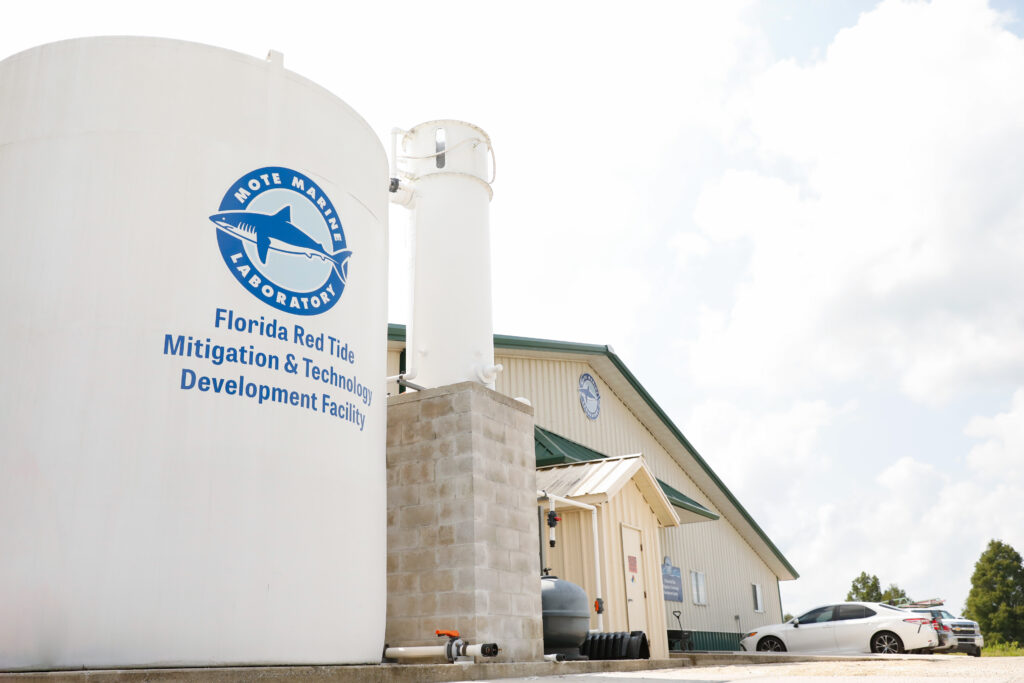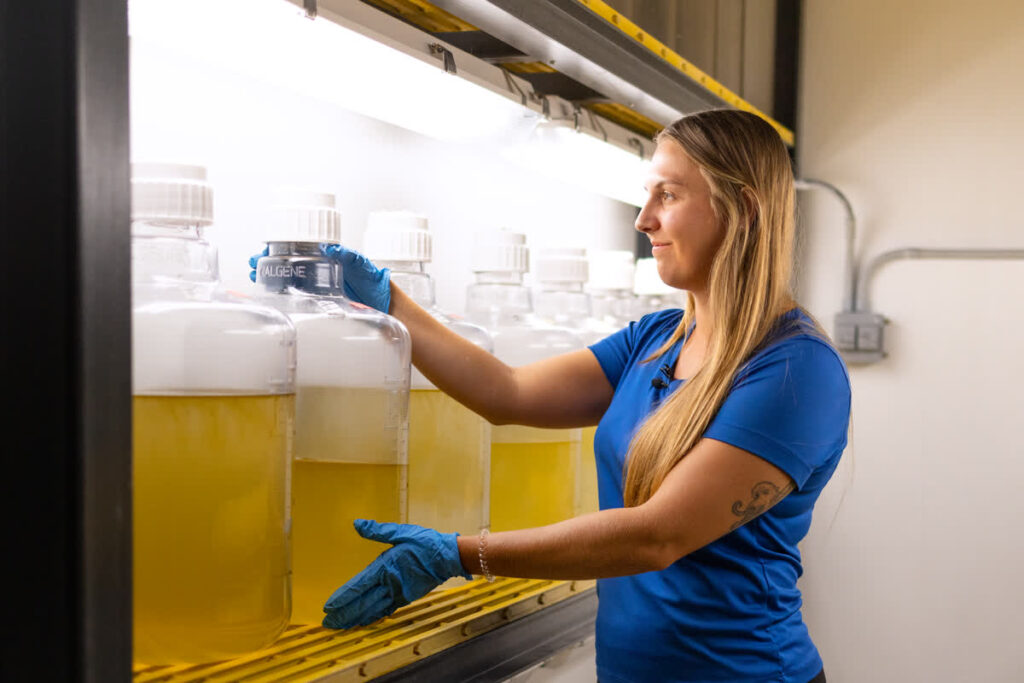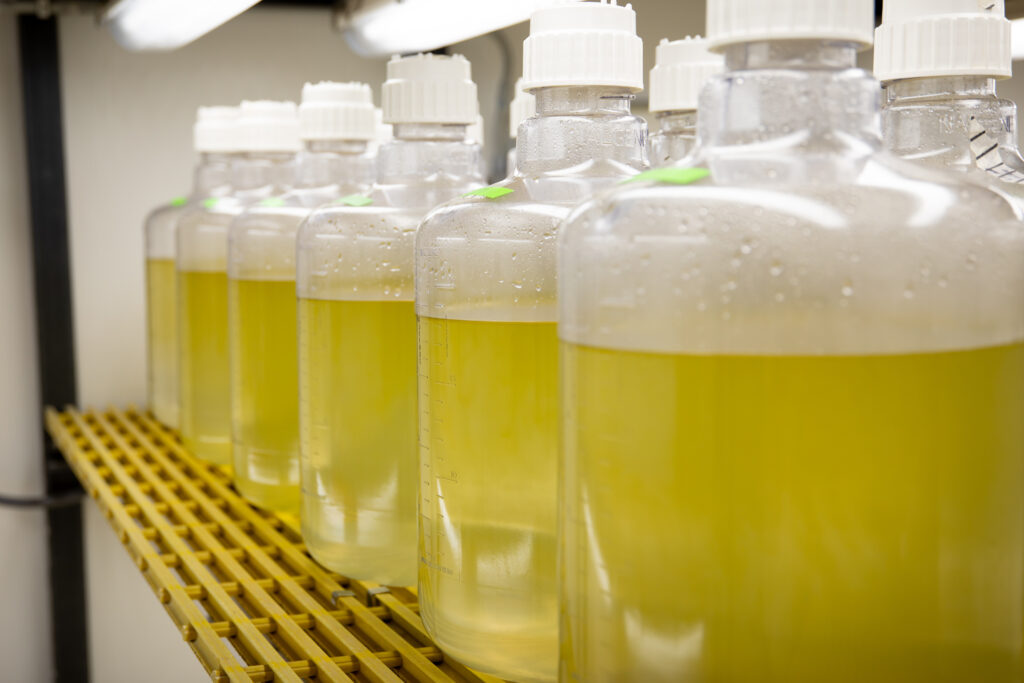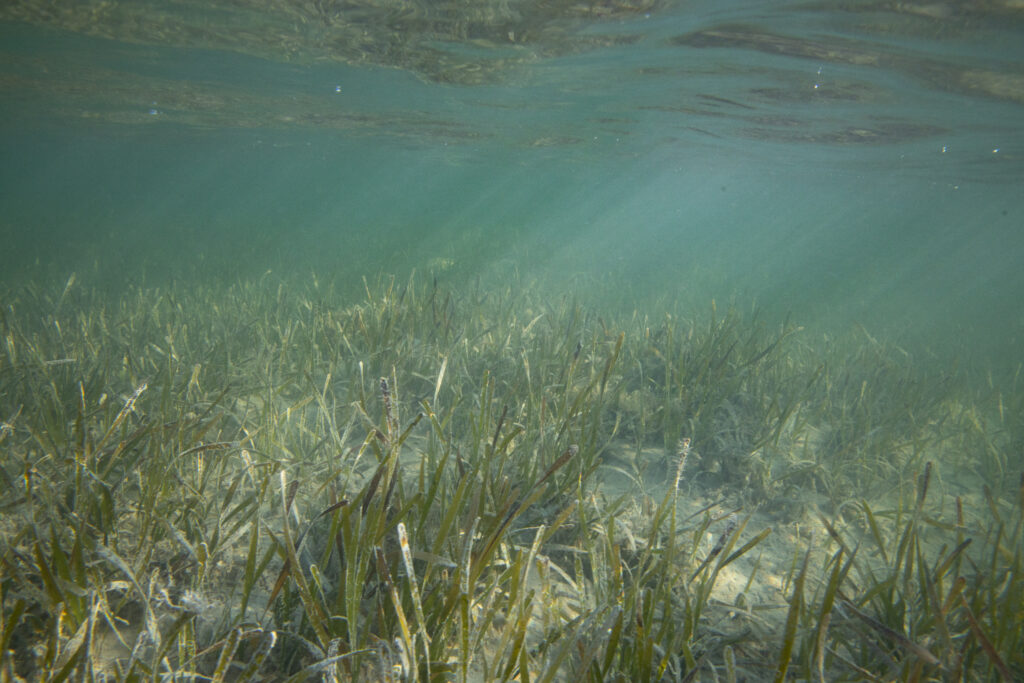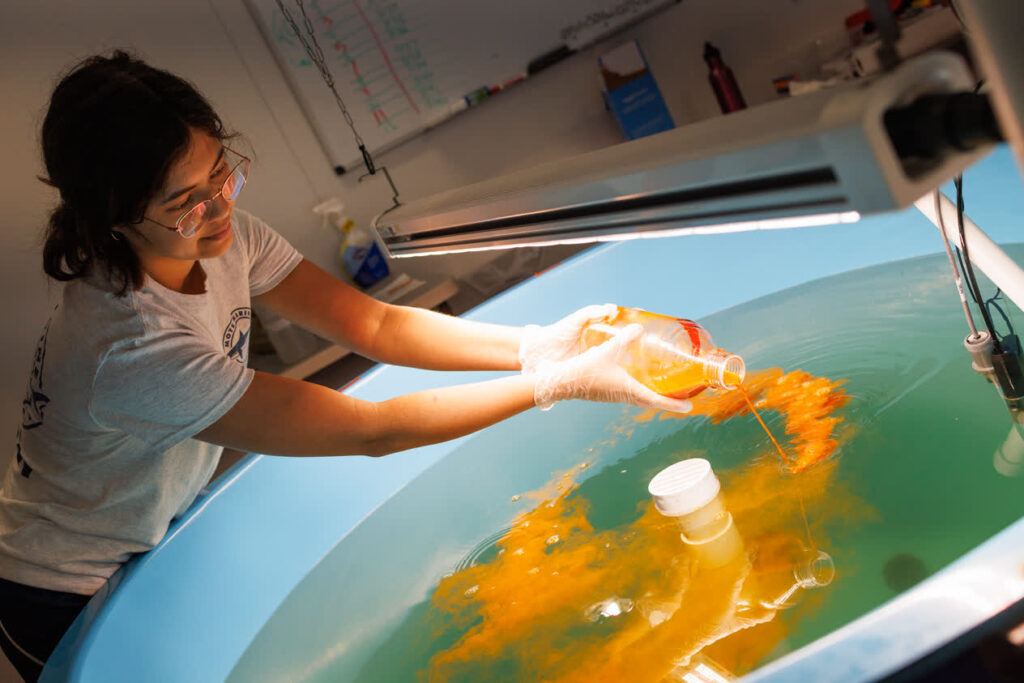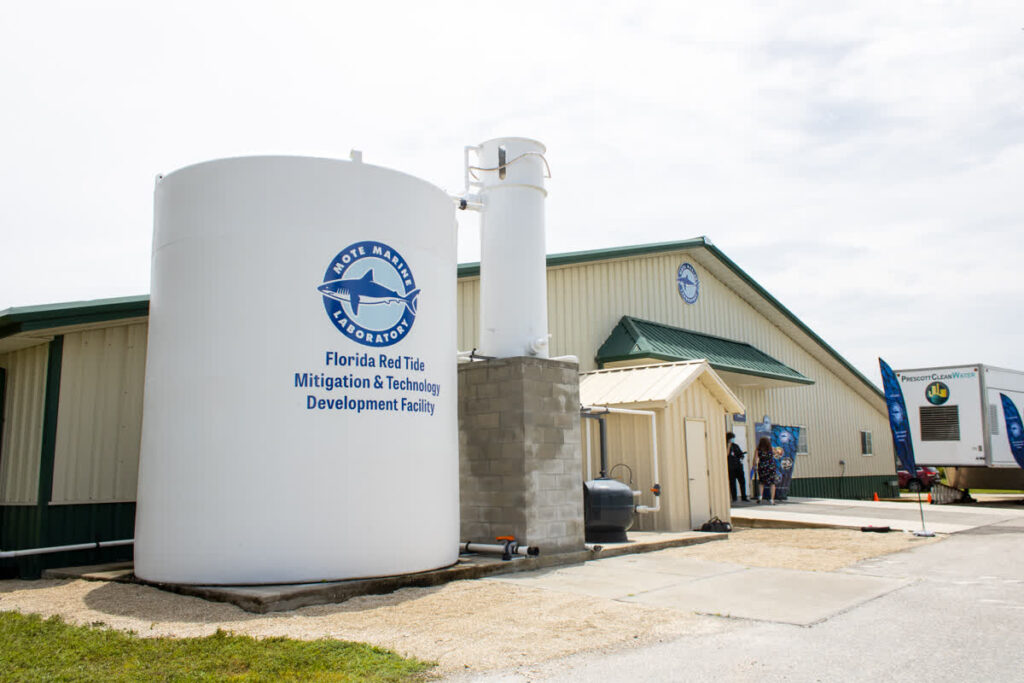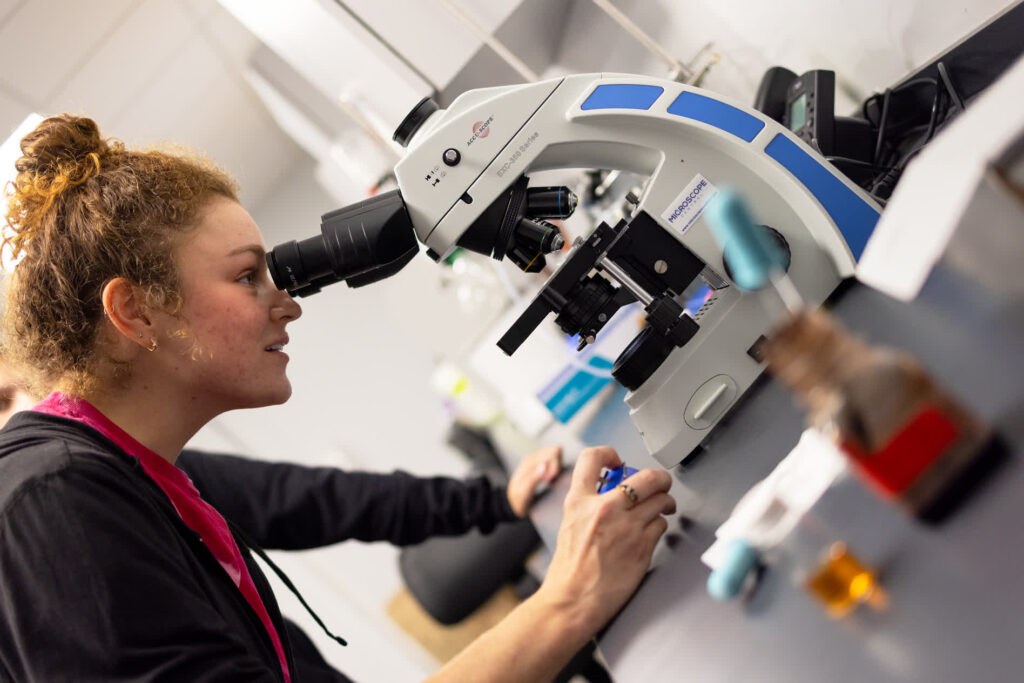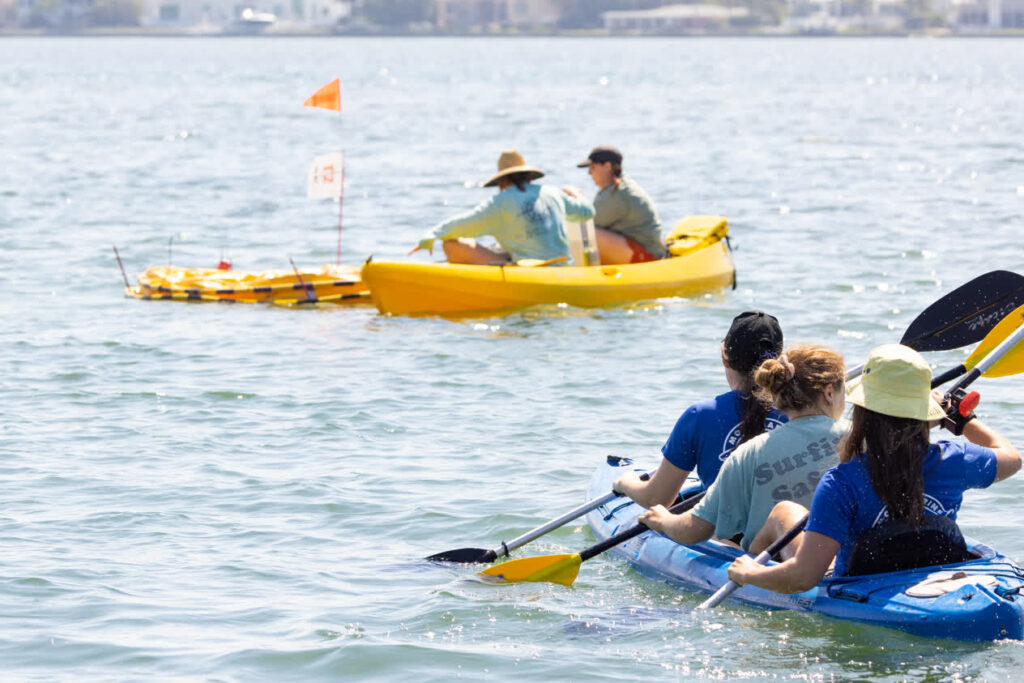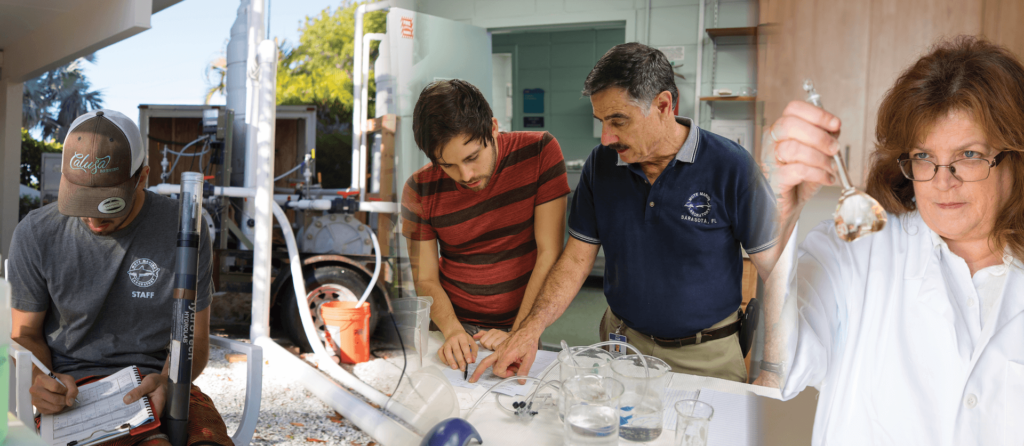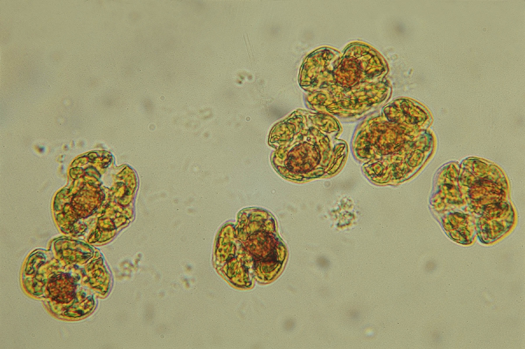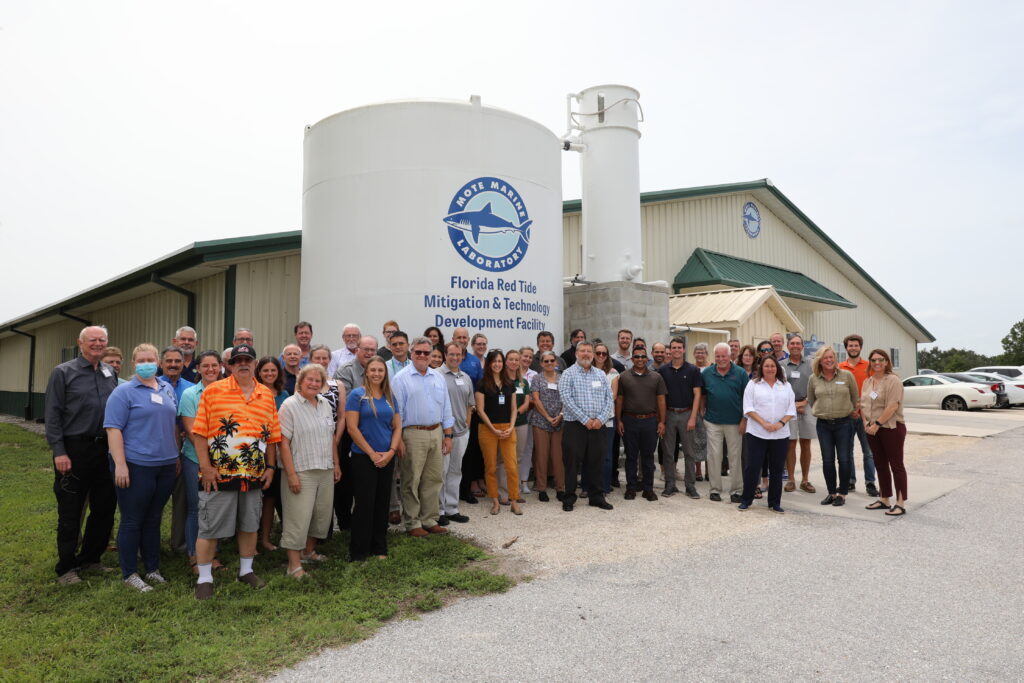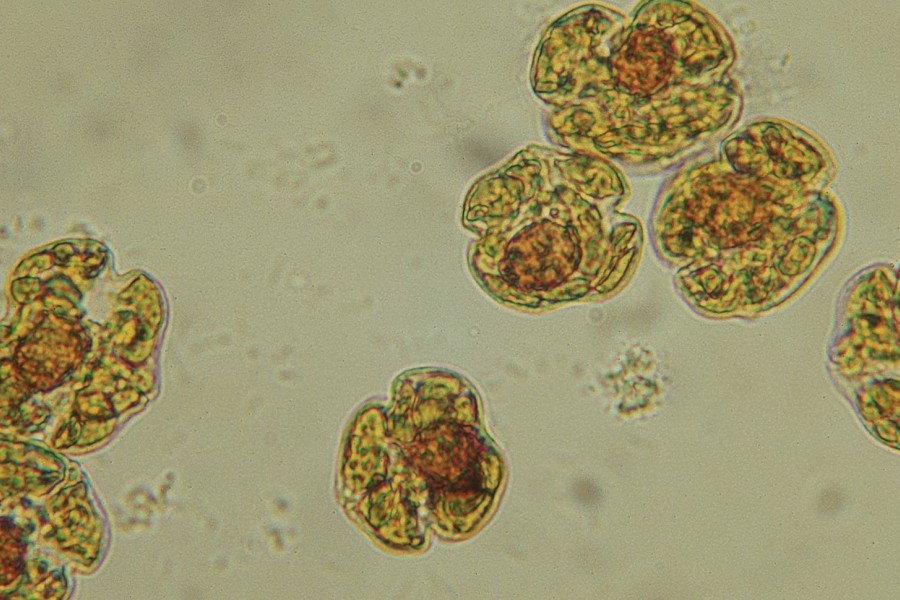Skip to content
You are using an outdated browser. Please upgrade your browser to improve your experience.
Mote Aquarium on City Island, Sarasota, is closed to visitors as we turn our full attention toward preparing to open Mote Science Education Aquarium (Mote SEA).
FAQ about Mote SEA
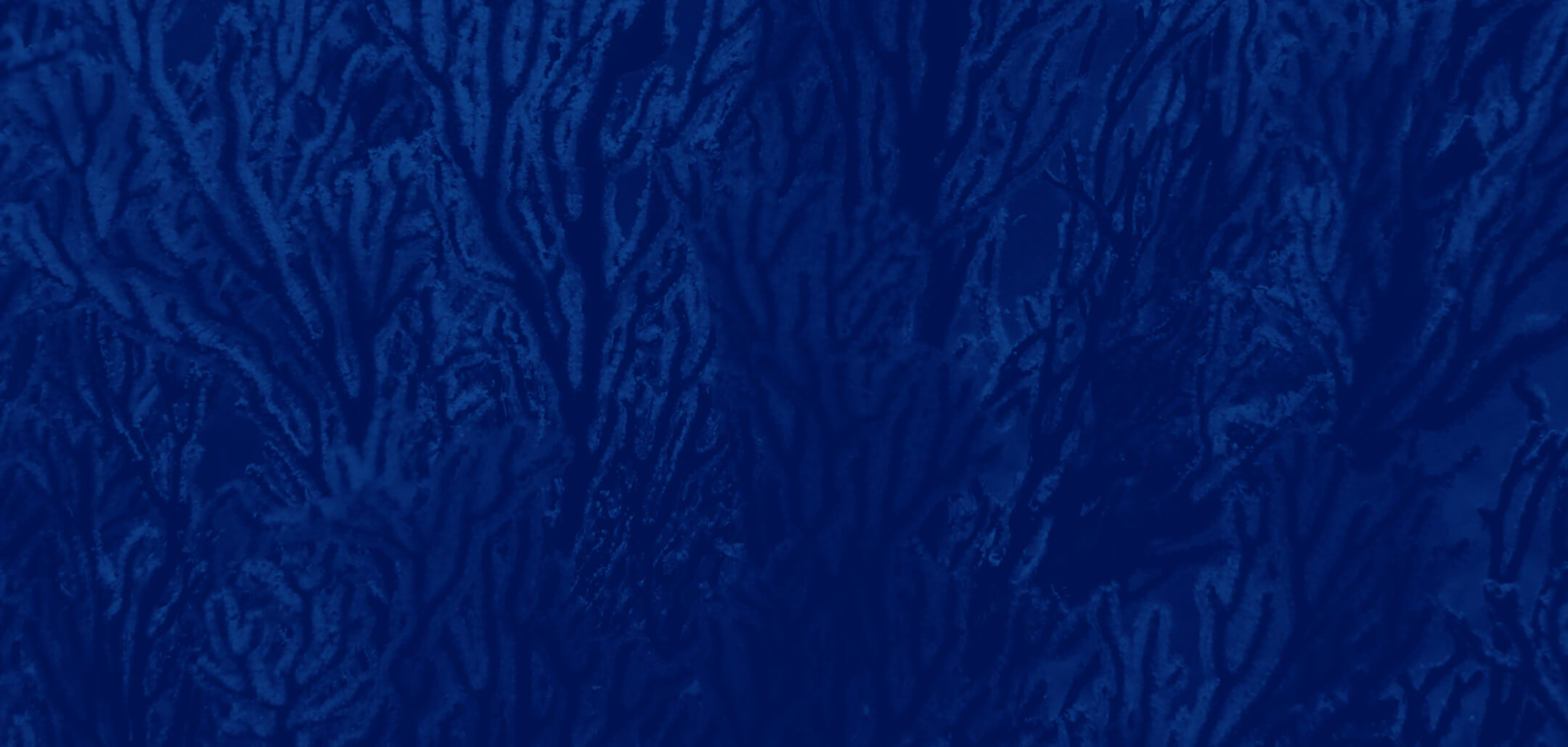
Natural biotoxins and anthropogenic toxicants pose a significant risk to sea turtle health. Documented effects of contaminants include potential disease progression and adverse impacts on development, immune function, and survival...
On Friday, February 14, Mote Marine Laboratory and partners successfully conducted the first-ever field test deployment of two Florida Red Tide Mitigation and Technology Development Initiative products and technologies...
Mote Marine Laboratory is excited to announce that three promising red tide mitigation technologies have completed rigorous laboratory testing and received regulatory approvals to begin the field deployment...
A pioneering study led by Mote Marine Laboratory, in collaboration with the Florida Fish and Wildlife Conservation Commission-Fish and Wildlife Research Institute (FWC-FWRI) and the U.S. Geological Survey...
The Florida stone crab, Menippe mercenaria, is a major commercial fishery that occurs primarily along Florida's
west coast, where harmful algal blooms of Karenia brevis frequently develop. To determine sublethal and lethal
effects...
Red tide grows in both fresh and marine water as a brown-red substance floating at the surface and shallow water columns. Its toxins affect humans, marine mammals, fish, shellfish and birds. If you visit the beach and experience...
In the Gulf of Mexico, especially along the southwest Florida coast, blooms of the
dinoflagellate Karenia brevis are a coastal natural hazard. The organism produces a
potent class of toxins, known as brevetoxins, which are released...
Florida red tides are harmful algae blooms caused by the dinoflagellate Karenia brevis, which occur along
Florida's gulf coast almost annually. In recent years Florida red tide blooms have become more common, frequent, and intense....
Harmful algal blooms (HABs) such as those produced by Karenia brevis have acute negative impacts on common
bottlenose dolphins (Tursiops truncatus) in Florida coastal waters, frequently causing illness and death. However,
much less...
Harmful algal blooms occur when toxin-producing algae grow rapidly. These occur worldwide and have significant impacts on aquatic ecosystems and on human health. Specifically, the toxic blooms of Karenia brevis in Florida may affect...
To investigate a Florida manatee (Trichechus manatus latirostris) mortality event following a
red tide bloom in Southwest Florida, an RNA sequencing experiment was conducted. Gene
expression changes in white blood cells were assessed...
Human respiratory and gastrointestinal illnesses can result from exposures to brevetoxins originating from
coastal Florida red tide blooms, comprising the marine alga Karenia brevis (K. brevis). Only limited research on
the extent...
This study investigated the potential effects of red tide events (blooms of the toxin-producing dinoflagellate, Karenia brevis) on Atlantic tarpon
(Megalops atlanticus), a long-lived migratory game fish, along the southwestern coast...
Florida Red Tide Mitigation & Technology Development Facility at MAP
To fight the impacts of Florida red tide (blooms of Karenia brevis algae) effectively while causing no further environmental harm...
Red Tide Research Internships
There are several red tide programs and projects that accept interns. If interested, please select Red Tide Program in your internship application, but specify one or several of the following...
How can I find out what current red tide conditions are?
Mote’s Beach Conditions Reporting System provides shoreline observations as often as twice daily: visitbeaches.org/map
...
Visit these pages for harmful algal bloom resources, updates, condition reports and forecasts:
Mote's Beach Conditions Reporting System
Mote's...
Back to Initiative main page
Reserve Our Mesocosms, Raceways & Culture
An important part of the Florida...
Back to Initiative main page
Back to Initiative main page
Timeline
Click each tab for seasonal updates from the Florida Red Tide Mitigation &...
Back to Initiative main page
Mote Marine Laboratory
Florida...
There are thousands of species of algae in fresh and marine waters; these organisms form the basis of the food web and provide an important source of the oxygen we need to breathe. While most species are harmless to humans and animals,...
Blooms of the dinoflagellate Karenia brevis occur almost every year along the southwest Florida Gulf coast. Long-duration blooms with especially high concentrations of K. brevis, known as red tides, destroy marine life through production...
Mote Marine Laboratory & Aquarium recently invited researchers from around the world to discuss mitigation tools and technologies for the harmful algal bloom (HAB) that affects many communities across the state – Florida red...
Florida red tide is a type of harmful algal bloom caused by higher-than-normal concentration of the microscopic alga, Karenia brevis, that occurs in the ocean and coastal waters of southwest Florida. These blooms can harm sea life,...
Mote Marine Laboratory & Aquarium’s President & CEO, Dr. Michael P. Crosby, spoke to the Bay Area Legislative Delegation (BALD) to provide updates on the Florida Red Tide Mitigation and Technology Development Initiative that...


